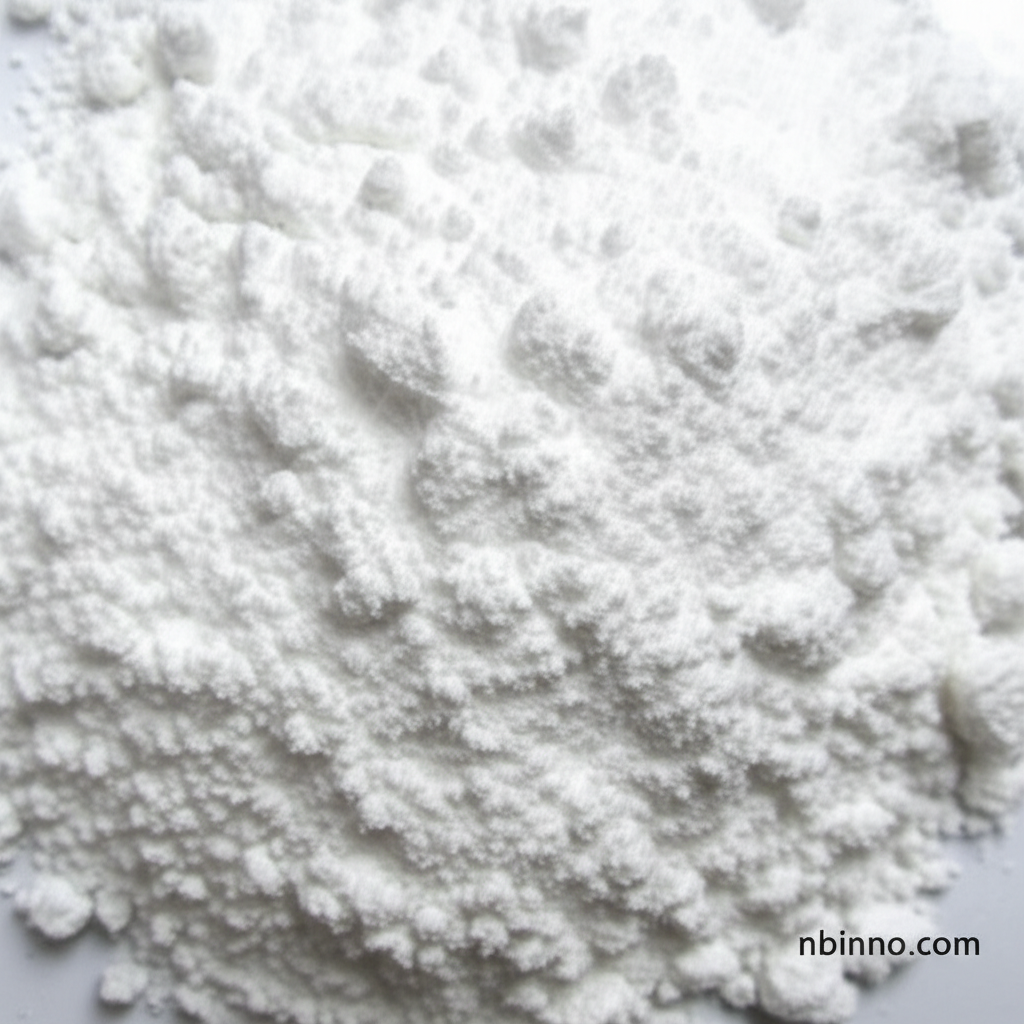3-Ethyl-4-methyl-3-pyrrolin-2-one: A Key Pharmaceutical Intermediate for Glimepiride Synthesis
Essential building block for antidiabetic medications, ensuring purity and efficacy in pharmaceutical production.
Get a Quote & SampleProduct Core Value

3-Ethyl-4-methyl-3-pyrrolin-2-one
This compound serves as a critical pharmaceutical intermediate, specifically in the synthesis of Glimepiride, a widely used antidiabetic medication. Its precise chemical structure and high purity are paramount for the efficacy and safety of the final drug product, making it an indispensable component in advanced medicinal chemistry and drug development.
- Leveraging 3-ethyl-4-methyl-3-pyrrolin-2-one for efficient Glimepiride intermediate synthesis ensures a streamlined production process for antidiabetic agents.
- As a vital pharmaceutical building block 766-36-9, it contributes significantly to the overall quality and therapeutic performance of medications.
- The compound's role in heterocyclic compound applications highlights its versatility in creating complex molecular structures for novel drug discovery.
- Achieving the correct chemical synthesis of glimepiride relies on the consistent quality and availability of this essential intermediate.
Key Advantages
Enhanced Drug Efficacy
The high purity of this compound, typically exceeding 98.0% via HPLC, directly translates to improved efficacy and reliability in the final antidiabetic medications derived from it. Choosing a quality pharmaceutical intermediate like this is crucial.
Streamlined Synthesis Processes
As a well-defined Glimepiride intermediate synthesis component, it simplifies complex chemical pathways, leading to more efficient manufacturing and reduced production times for essential drugs.
Versatile Chemical Reactivity
Its nature as a heterocyclic compound with specific functional groups makes it a valuable tool for various organic synthesis pathways, opening doors for developing new pharmaceutical agents beyond its primary application.
Key Applications
Pharmaceutical Synthesis
The primary application is as a crucial intermediate in the chemical synthesis of glimepiride, a medication essential for managing type 2 diabetes. This role underscores its importance in the healthcare sector.
Medicinal Chemistry Research
Researchers utilize this compound as a pharmaceutical building block 766-36-9 for exploring new therapeutic compounds and improving existing drug formulations, driving innovation in drug discovery.
Development of Antidiabetic Agents
Its function as an intermediate for antidiabetic agents makes it a cornerstone in the production of drugs that help regulate blood glucose levels, directly impacting patient health outcomes.
Organic Chemical Synthesis
Beyond pharmaceuticals, its unique structure as a heterocyclic compound allows for broader applications in general organic synthesis, serving as a versatile reagent for various chemical transformations.
